Experts renew calls for re-mapping of Zimbabwe
- By Zimpapers Syndication |
- 03 Apr, 2025 |
- 0
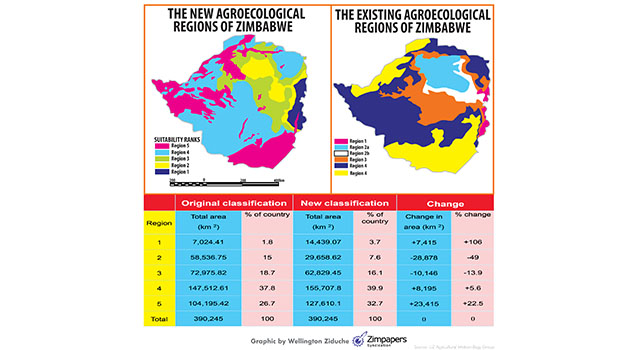
Sifelani Tsiko ---
Agriculture and weather experts have renewed calls for Zimbabwe’s agro-ecological zones (AEZs), commonly known as natural regions need to be reclassified to optimize land use and productive efficiency in the wake of the devastating impact of climate change.
University of Zimbabwe agricultural meteorologist Prof Emmanuel Mashonjowa told Zimpapers Syndication recently that the existing ones which were drafted more than five-and-half decades ago have shifted owing to global warming, changes in land use patterns and land reform.
He says the five natural regions which Zimbabwe is divided into were now outdated as they were done a time when the phenomenon of climate change was virtually unknown.
In the past few years, agricultural and weather experts held a series of meetings to push for the re-defining of these ecological regions based on temperature, rainfall patterns and terrain to find what is suitable in each region in terms of cropping, farm technologies and farmer adaptation.
The Meteorological Services Department spearheaded the crafting of the revised agro-ecological zones but up to now nothing has materialized.
The government too, has largely remained silent on the matter.
Agricultural, weather and climate change specialists briefly co-operated in the initial efforts, but all this has not translated into a meaningful re-zoning of the country.
“Zimbabwe needs to re-classify its agro-ecological regions as a matter of urgency to help optimize land use and productive efficiency,” Prof Mashonjowa says.
“The existing ones were done in 60s and since then changes have occurred in terms climate, rainfall patterns and land reform. I feel strongly that as academics, we have been a huge let down in terms of pushing for the reclassification of the zones.”
Other experts say many farmers still stick to crop seed varieties that are no-longer suitable in the wake of challenges posed by climate change in their farming regions as re-mapping has taken a long time to effect.
“The remapping will help in coming up with suitable seed varieties for the new regions to ensure maximum productivity,” says a crop expert with a government agricultural institute.
Experts say major shifts have been observed in the drought prone natural Region 4 and 5 and they say the five natural regions have experienced varying levels of changes in terms of size, structure and composition.
High rainfall Region 1 in the eastern part of the country is reported to have expanded by 106 percent while Region 2 has shrunk drastically by nearly half, according to a study which was released by Raymond Mugundani and others of the Midlands State University’s water and land resources department in 2012.
In this study, researchers observed that Region 3 shrunk by 14 percent while the drought – prone Regions 4 and 5 increased by between 5,6 and 22,6 percent respectively.
Natural Region 1, for example, is said to have moved westwards, and now covers an area of 14,439 km2 (3.7 % of the whole country), compared to 7,024 km2 (1.8 % of the whole country)), compared to 7,024 km2 (1.8 % of the whole country) in the previous classification.
In another case, Region 5, according to Prof Mashonjowa, now covers about 126 829 km2 (32.5% of the country) while in the previous classification by Vincent and Thomas, the area constituted 26.7 % of Zimbabwe.
Agro-ecological zones show the potential that particular land has in various parts of the country and Prof Mashonjowa says reclassification of the country’s ecological regions will provide vital information in terms of land use policies and agricultural extension services.
Experts say agro-ecological zones are valuable tools for agricultural research, technology transfer and investment as they offer relevant information about evolving food, soil, rainfall and temperature regimes in various parts of the country.
“The natural zones were put in place to maximize production and efficiency,” Prof Mashonjowa says.
“With climate change, we need to conduct extensive studies to reclassify the zones. These natural regions have evolved in terms of rainfall, land use and potential for agricultural production. Rainfall regimes in some zones have declined while in others they may have increased.
“Land reform has also brought sharp changes and we need to check whether these zones are still optimal for the use patterns set in the 60s.”
He says the UZ Physics Department has conducted studies which have shown changes in the country’s agro-ecological zones, but needed to collaborate with other researchers and stakeholders examine the trends comprehensively.
“This is one of the most outstanding issue and as researchers we need to be proactive to remap the zones and help boost economic development,” the UZ expert says. “Now is the time for action to address this issue. Zoning cannot be done is isolation. It’s a multi-disciplinary issue that requires all stakeholders to come together.”
Prof Mashonjowa says lack of funds and collaborative spirit among researchers has largely contributed to the delay in the re-mapping of the country.
He says delays have severe implications on the country in terms of food production, food and nutrition security.
Agro-ecological zones show the potential that particular land has in various parts of the country.
Experts note that climate is the most important single factor influencing the pattern of agricultural production through its effects on crops and livestock.
“Knowledge of the climate plays an important role in determining the feasibility of establishing sustainable food production systems in specific geographical regions,” the UZ expert says.
He says agro-ecological zoning is useful for agricultural planning as it establishes the farming systems which are most suitable in a natural region.
Experts say a natural region is an area of similar agricultural development conditioned by dominant natural characteristics.
They further point that agro-ecological classification involves a combination of factors that define homogeneous zones that are similar in terms of agricultural activities and natural vegetation.
The present agro-ecological classification of Zimbabwe was done by Vincent and Thomas (1960) using only rainfall as the main factor.
Another review was only done in 1978 by a researcher only identified as Ivy.
These researchers demarcated Zimbabwe into 5 natural regions based on the effectiveness of the rainfall.
“The previous classification has not been effectively updated,” observes Prof Mashonjowa.
He says over the past decades, there has been a change in climate and a shift in emphasis from large scale commercial to smallholder agriculture.
Present studies, he says, were moving to include more variables such as rainfall, temperature, soil suitability, length of growing season and the use of Geographical Information Systems (GIS) for mapping.
“There is also need to look at production levels in the new zones to find out if the trends in production of areas that have been reclassified in the new regions are uniform,” says the UZ academic.
“Further research needs to be done to study the vegetation patterns in those areas in which land has not been cleared.”
Zimbabwe is classified into five agro-ecological regions, based on soil type, rainfall and other climatic factors.
Classification is in the order of decreasing agricultural potential and researchers say over 75 percent
of the communal farms are located in the marginal rainfall regions IV and V, which receive
rainfall below 600mm per annum.
In these regions, they further say, the soil is typically loose and infertile and erratic rainfall patterns make rain-fed cropping a risky undertaking.
Under these conditions farmers are only limited to drought tolerant crops or have to diversify to ranching otherwise they need to employ farming techniques that will boost production.
“Farmers therefore require an intense management system involving good planting techniques,
and good weed and soil moisture control to sustain crop production,” one researcher observes.
“The only option is to consider irrigation, which is fairly expensive implying that crop production in most sectors, will continue to depend on limited rainfall.”
Climate change has changed the whole game and researchers say success in crop production is likely to depend on application of land management techniques, which conserve and increase the total soil water available to crops as well as taking heed of agro-ecological zoning outcomes.
As people seek to gain food and income from the land, more vulnerable land is used.
Deforestation and land degradation have also piled the woes on agriculture.
Climate change is now widely recognized as one of the most critical influences on sustainability of food supply.
Experts say it changes the suitability of crop and investment structure in agriculture. Researchers have confirmed that the crop suitability shifts in the context of climate change.
In the wake of all these problems, Prof Mashonjowa says it is important to design appropriate agricultural adaptations which can reduce vulnerability as well as crop water requirements and long-term threats to crop production.
There is no doubt that an assessment of shifting patterns of AEZs in Zimbabwe is helpful to guide the nation’s future agricultural development and guarantee of its food security. -Zimpapers Syndication
No Comments



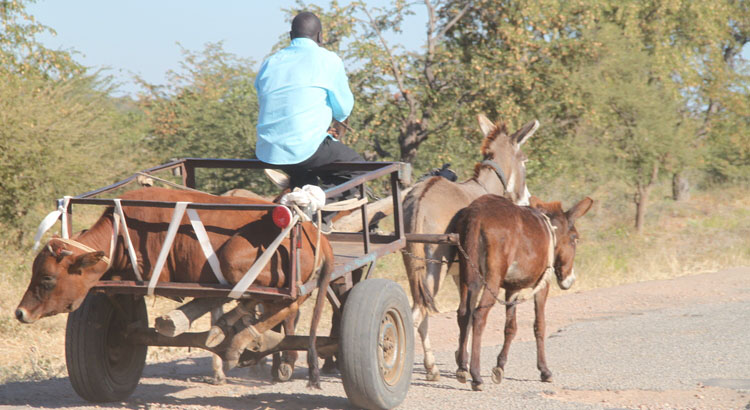


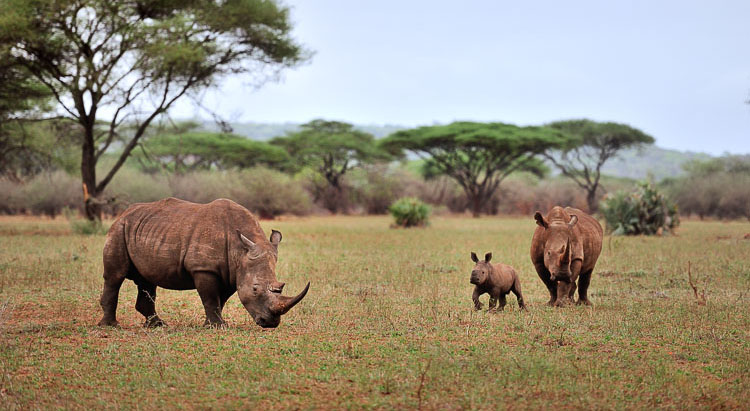


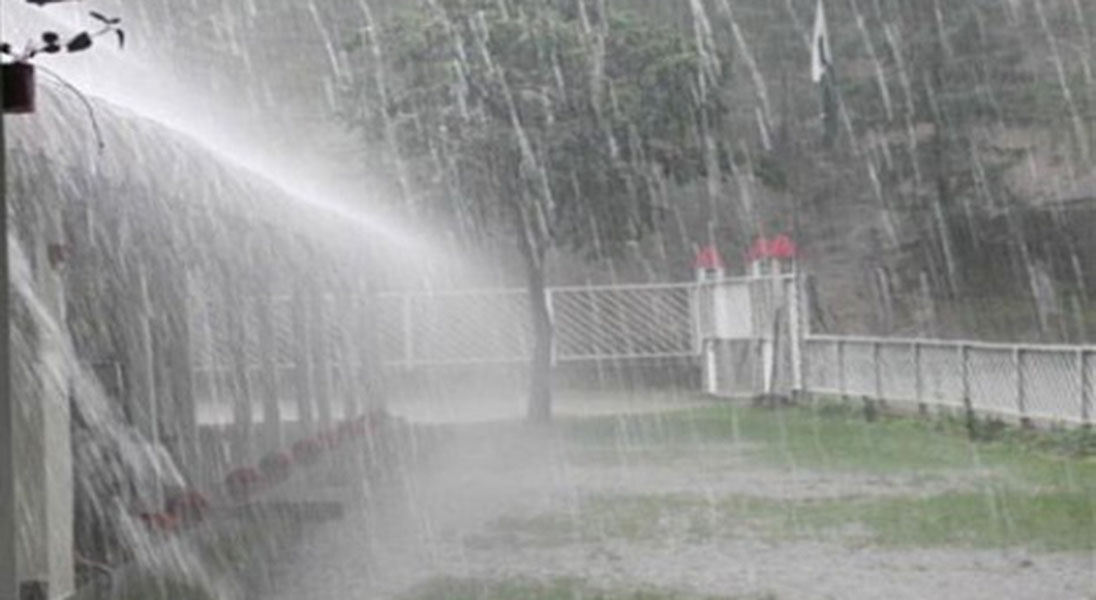


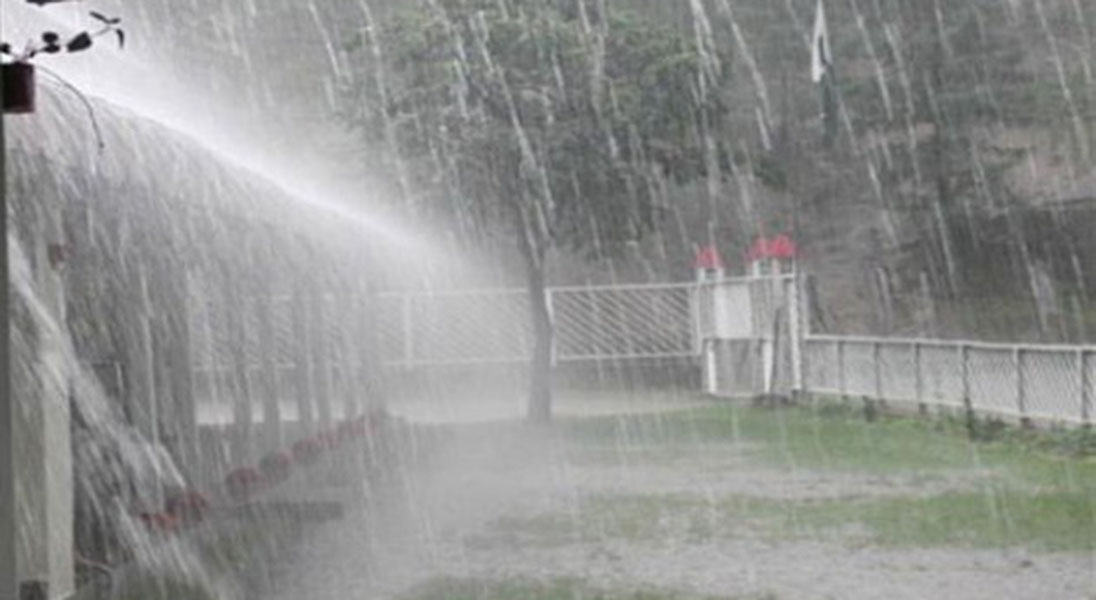

Comment